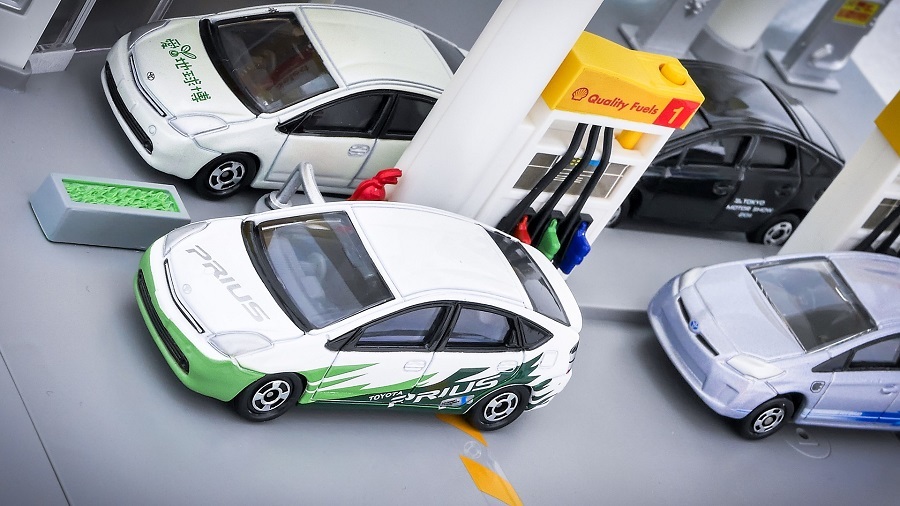The Toyota Prius set the standard for hybrid gas and electric cars in the late 1990s and continues to lead the full-hybrid consumer vehicle market. This compact car is powered by both a gasoline engine and an electric motor and contains a fuel tank or bladder in addition to a rechargeable battery pack. Boosting engine performance is the primary purpose of replacing Toyota Prius air filters and other parts with aftermarket alternatives.
Hybrid Performance Parts
Prius emission levels are already low with stock components, but hybrid owners should be aware of all the replacement parts available for parallel builds. You can make more informed parts purchases when shopping online or in-store at an automotive parts retailer by taking the time to compare the application or use specifications and measurements of stock and aftermarket Prius parts.
Ordering parts at the lowest prices available without dealers’ or mechanics’ markups may substantially reduce the costs associated with maintaining and repairing a hybrid engine and transmission. Your savings will keep adding up when you shop at a major parts retailer that offers the most convenient and affordable options for fast home delivery and in-store pickup of a Toyota Prius battery and other standard parts built to OEM specifications.
Confirm Fit for Year Model
Long-time Prius owners are likely to be aware of the significant differences in the build of the hybrid engines, transmissions and fuel and battery systems in the first three generations of this car make and model. For this reason, it is very important to double-check to confirm that parts such as Toyota Prius catalytic converters are compatible with the engine, fuel system, motor and battery pack in your year model and submodel. Certain year models are prone to fuel system and transmission problems.
The first XW10 generation of Priuses consists of the NHW10 and NHW11 submodels. Toyota produced these four-door compact sedans from 1997 until 2003. The Prius was completely redesigned as a five-door liftback in 2003, and the second-generation XW20 sold through 2009. The third generation XW30 introduced new driving modes and a more aerodynamic body design to Priuses manufactured between 2009 and 2015. There are four generations of Toyota Prius as of the current model year. Late-model Priuses feature a body redesign and structural improvements.
Factory vs Aftermarket
Depending on which Prius systems you need to fix or upgrade, you may prefer to use factory-style parts that meet OEM specifications. It may also be possible to enhance or maintain the performance of the hybrid engine and transmission with aftermarket parts without substantially increasing emissions.
It is important to account for the unique demands of a vehicle build that pairs an electric motor powered by a battery pack with a gasoline engine that draws fuel from a flexible bladder or rigid tank, depending on the year model. Some vehicle parts and systems frequently experience issues or fail prematurely, including the hybrid transmission. When it comes to replacing parts, you may want to consider the full range of OEM and aftermarket parts available for your Prius year model and hybrid build.




